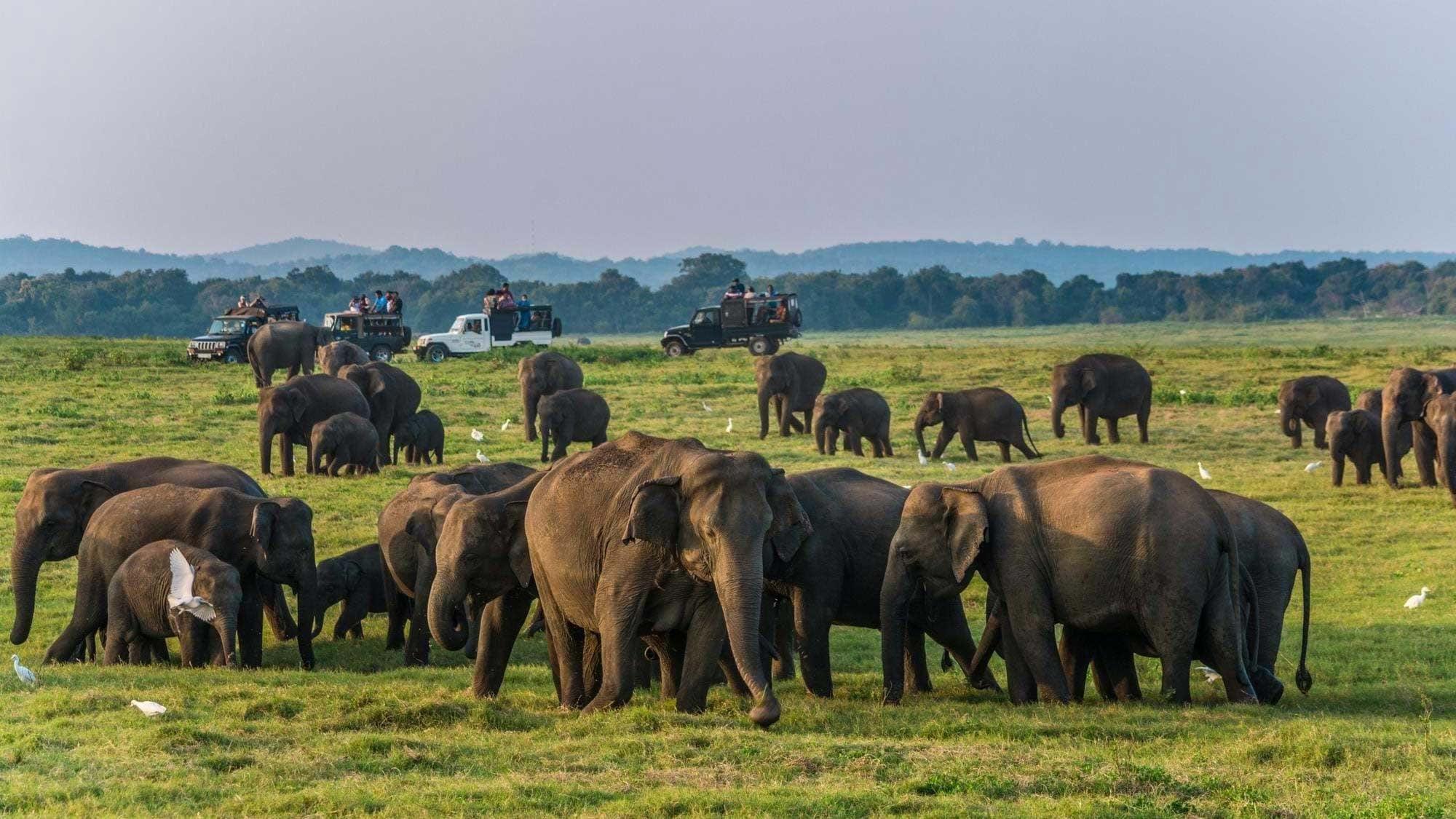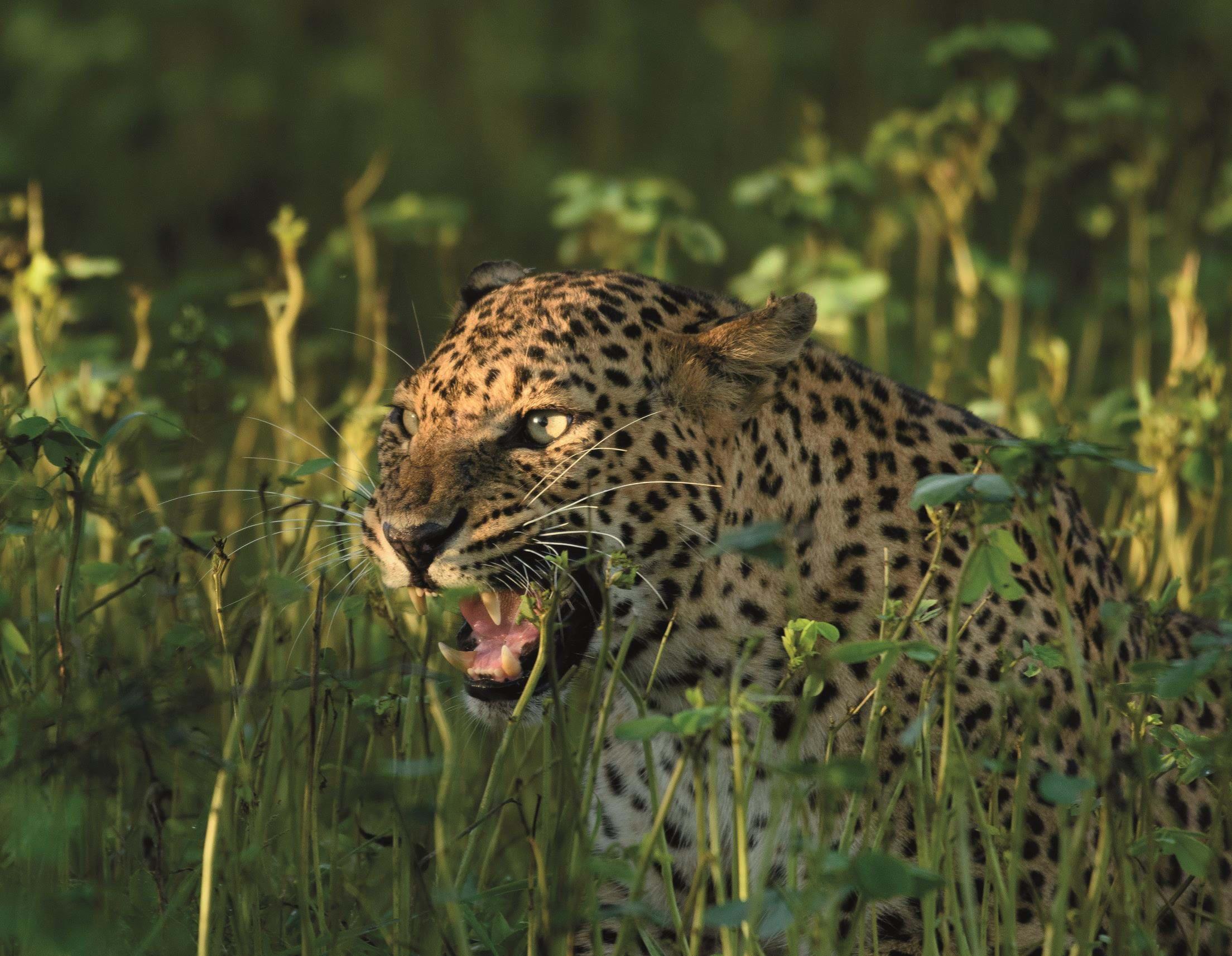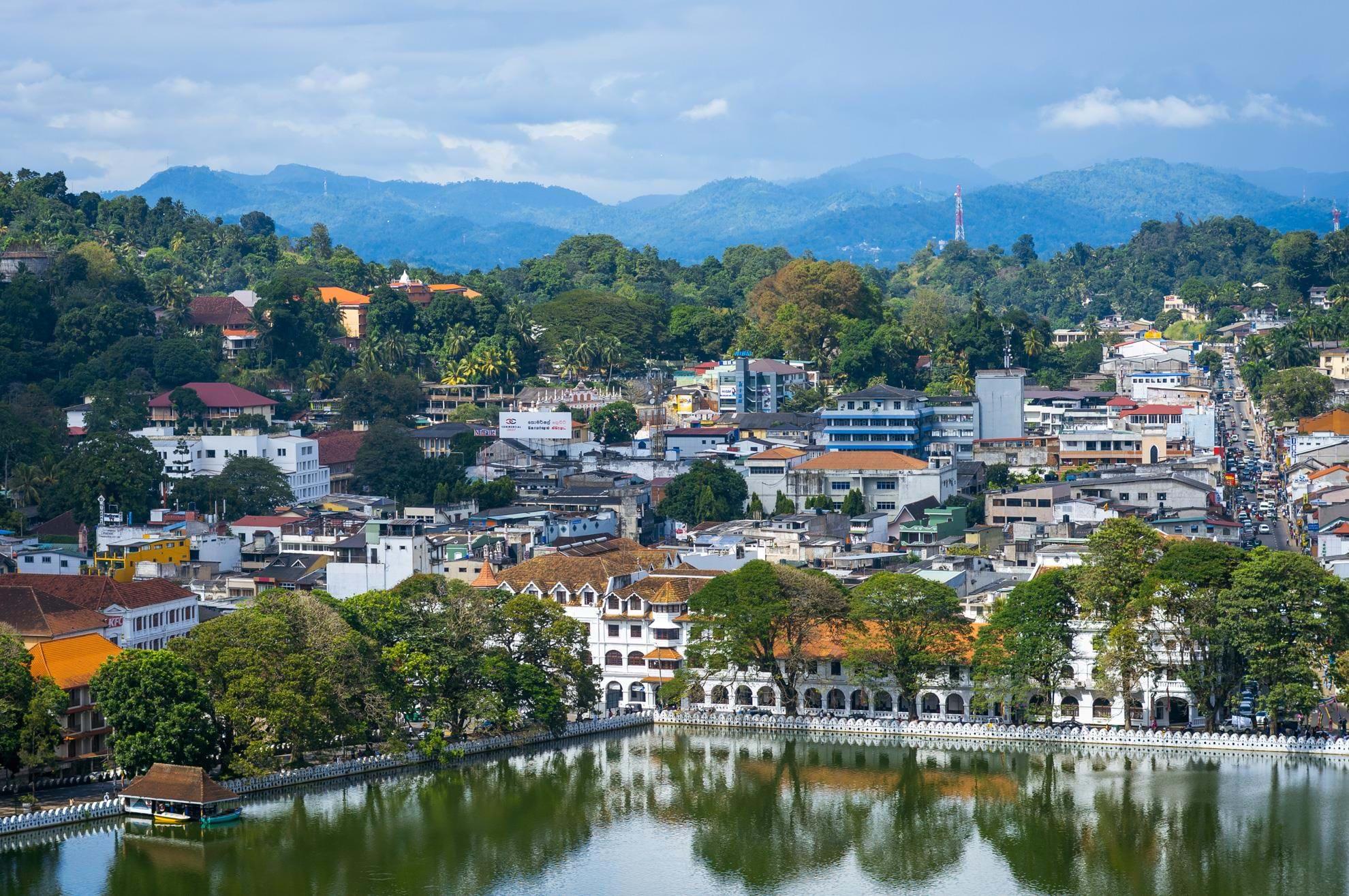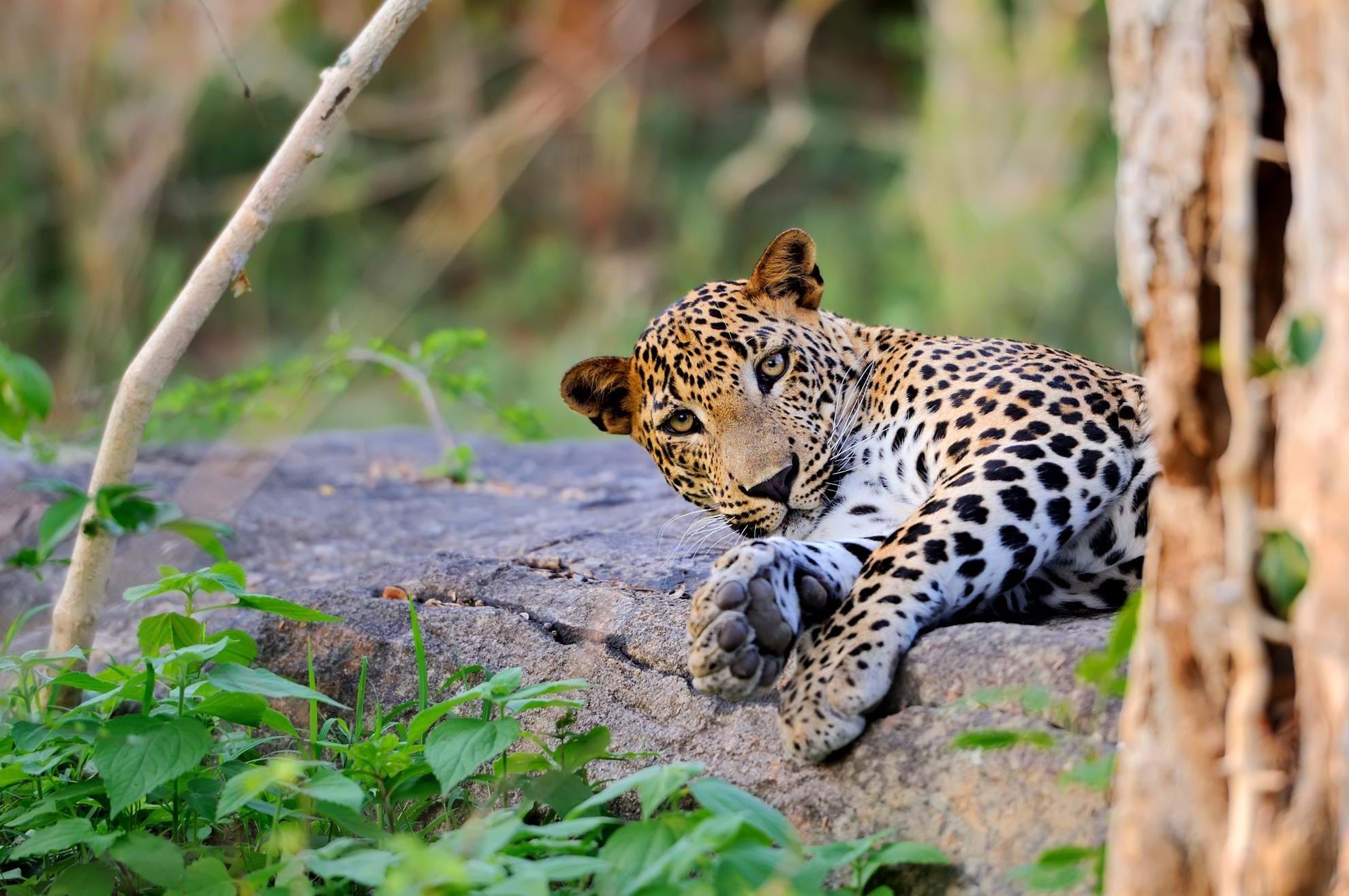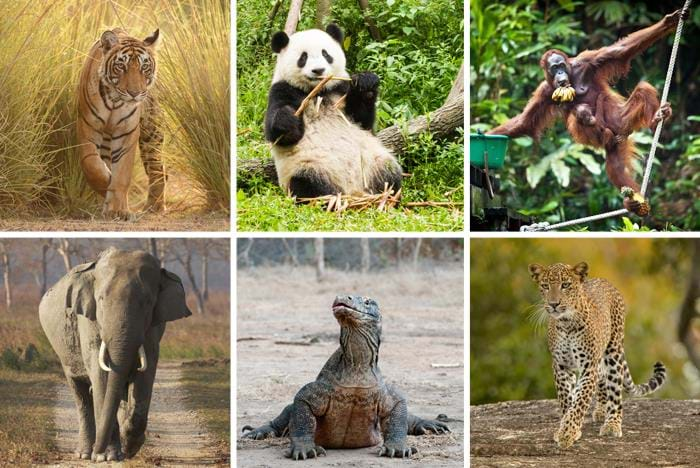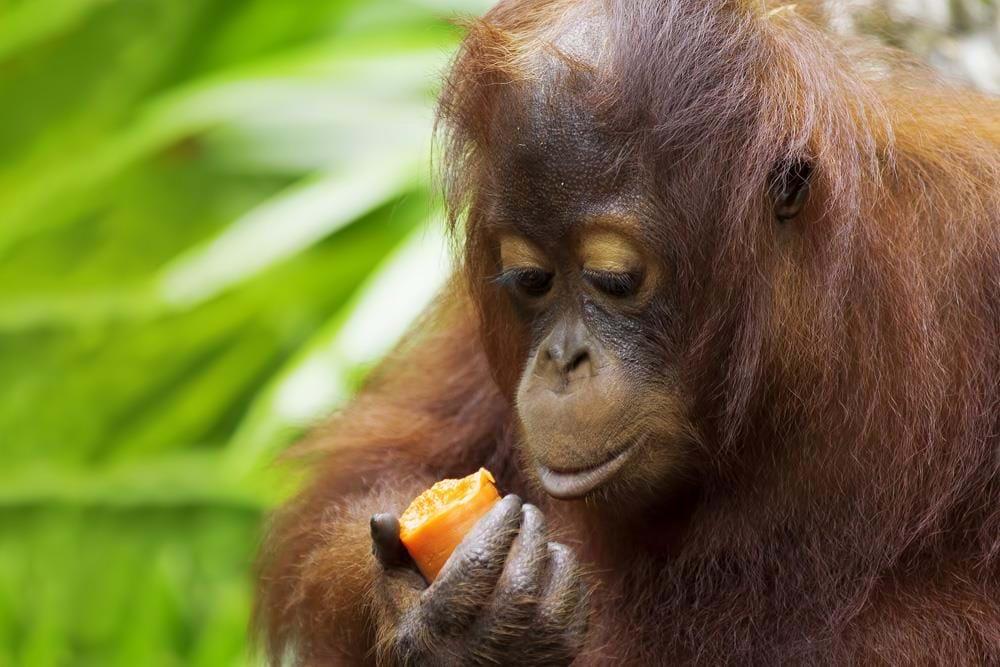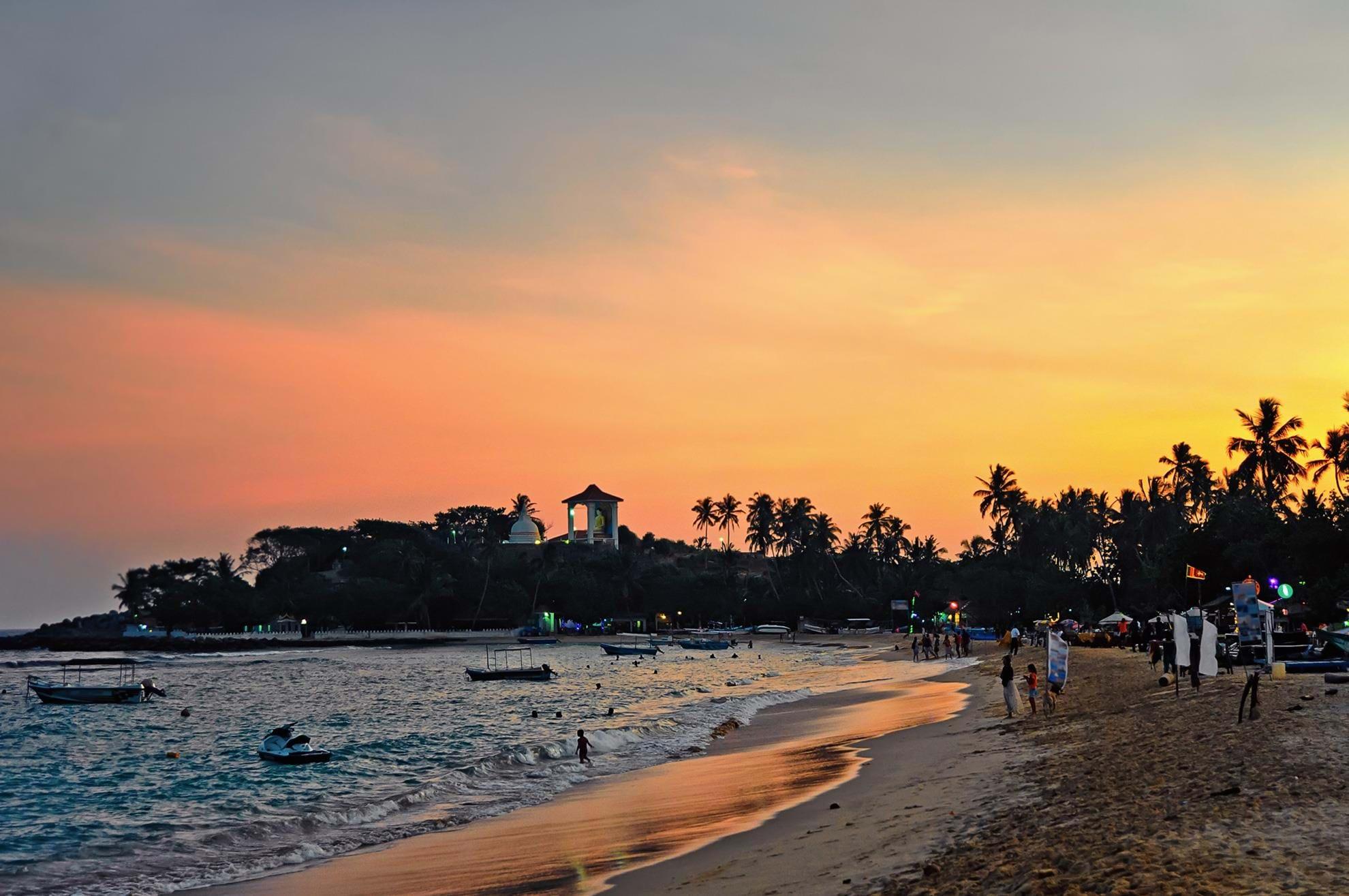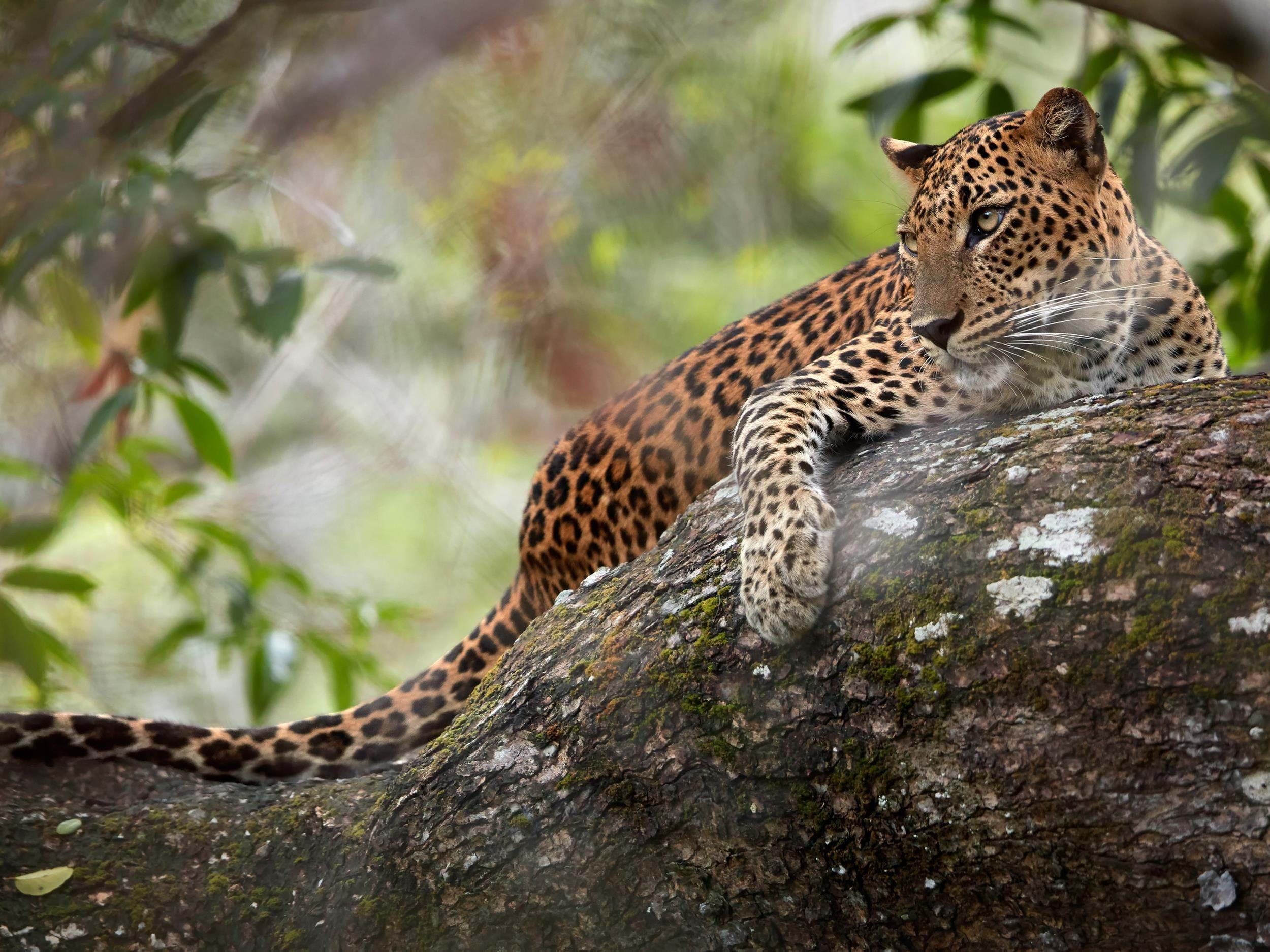Sri Lanka 15.05.2020 Updated: Transindus
For wildlife lovers, there are few destinations as magical or memorable as Sri Lanka. Packed with the best romantic, luxury resorts and home to rainforests and wetlands, this country is one of the best places in the world to spot creatures like leopards and elephants, while the sheer variety of all the wildlife you can see is staggering.
Sri Lanka has some incredible wildlife experiences and to have the most memorable time here, it's worth selecting a special wildlife-focused tour, which will take you to some of the very best spots on the island, including stunning national parks and UNESCO World Heritage Sites. In fact, in the national parks alone there are almost 100 species of mammal and over 400 types of birds, so get ready to keep your eyes peeled!
To help you plan your visit, here's our pick of the best national parks in Sri Lanka and the best time to visit.
.jpg)
Yala National Park
Best Between February and July
Famous for its leopard population, Yala National Park is one of the shining stars on any wildlife tour of Sri Lanka. And if leopards are what you're most keen on seeing, try to visit between February and June/July; this is when water levels are at their lowest, so it's the easiest time to spot these stunning big cats.
Generally speaking, the end of the dry season - which typically falls in March and April - is the optimum time to visit in terms of spotting all animals, simply because they will flock to the waterholes. However, don't worry if you can't be here during this time - the expertise of your guide will help you see as much as possible.
There are more than 35 leopards here, meaning Yala National Park has one of the world's densest leopard populations. But prowling big cats are not the only thing to see here - this reserve is also home to elephants, monkeys, spotted deer and much more.
If its Sloth bear you're keen on spotting aim for May through to July, when the fruiting palu trees bring out foraging sloth bears.
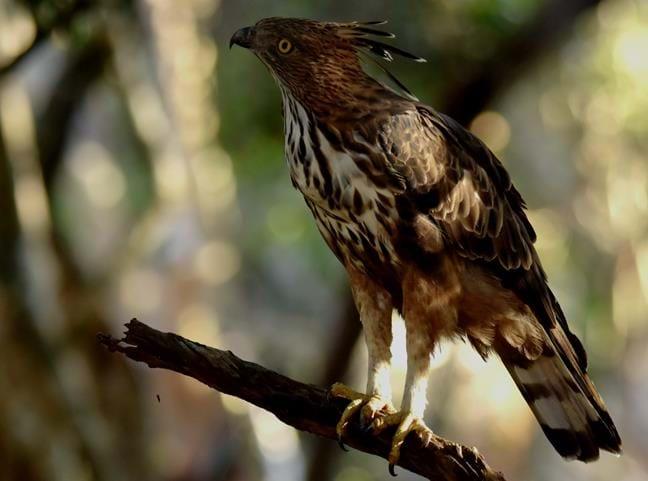
Sinharaja Forest Reserve
Best Between February and July
Next on our list is Sinharaja Forest Reserve - a UNESCO World Heritage Site. Home to the island's last remaining sizeable chunk of tropical forest, this reserve is a particularly important one, and is home to an absolutely huge variety of flora and fauna.
So, exploring here is a real experience. In fact, one of the things likely to strike you first is the noise - so numerous are the birds and insects here that their songs make a veritable jungle cacophony. And indeed, birds are one of the real highlights of this reserve - look out in particular for the mixed flocks, which are quite striking to see.
As with Yala National Park, the drier months are typically the best times to visit - at Sinharaja Forest Reserve, these fall between August and September, and January to early April.
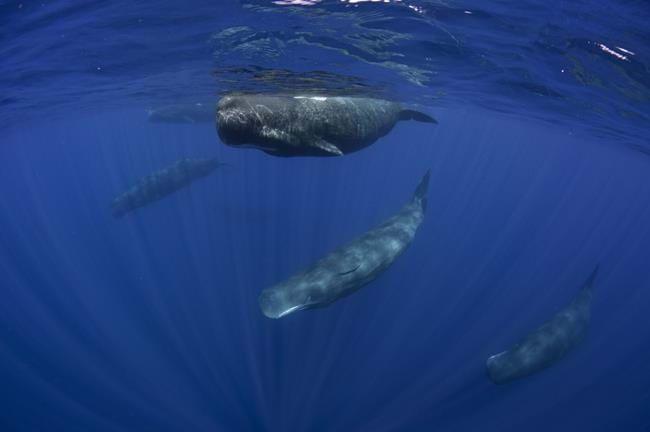
Mirissa
Best Between November through to July
Not all wildlife spotting in Sri Lanka is confined to land. In fact, this country is home to some incredible species below the waterline - including whales and dolphins. So, one of the most unmissable activities during your trip is visiting the picturesque fishing harbour of Mirissa and embarking on a boat trip to discover some of the creatures of the deep.
The warmth of the Indian Ocean attracts an incredible array of species, and whales migrate through here most of the year. In fact, an incredibly impressive 26 species of whales have been spotted off the coast, which means you could be in for a real visual treat! And little compares to seeing these behemoths in the flesh - their size and power are truly astonishing.
As well as seeing sperm, fin and blue whales, you will also have the chance of spotting a variety of dolphins and flying fish. Spring sees a large variety of Turtles, including Giant Turtles visit this shore to lay eggs. The Turtle Conservation Project at Rekawa near Tangalla ensures the safety of eggs and hatchlings and organises environmentally responsible visits.
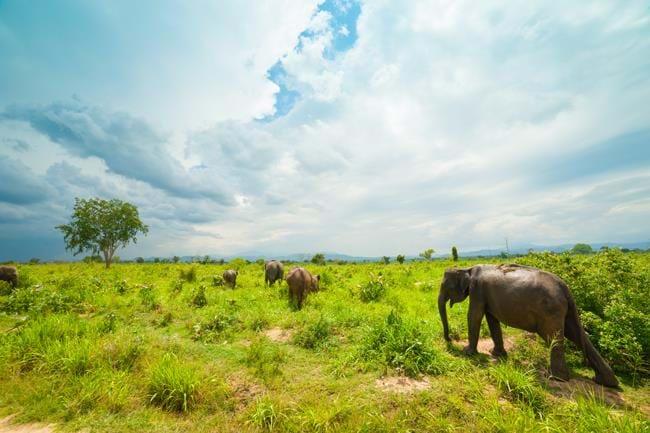
Udawalawe National Park
Best Between February and July
The top place to go to see elephants, Udawalawe National Park is home to roughly 500 of these gentle giants, and plenty more besides. Other species to spot here include crocodiles, wild buffalo, leopards and sambar deer, and the good news is that, thanks to the lack of dense vegetation, it's relatively easy to spot the animal population here.
A park guide will show you around, and you'll find they are indispensable for helping you spot the animals, not to mention telling you more about them.
.jpg)
Wilpattu National Park
Best Between May to September
Sri Lanka’s largest and oldest national park, Wilpattu holds some superb scenery, with lakes attracting an abundance of wildlife. It only re-opened after the civil war in 2010 so as yet hasn’t gained the popularity of Yala National Park, which makes it one of the favourite with our clients as it has the big attractions of leopard, elephant and sloth bear, without the crowds! It’s just over an hour from Anuradhapura so can easily be combined with the UNESCO-listed sites of the Cultural Triangle.
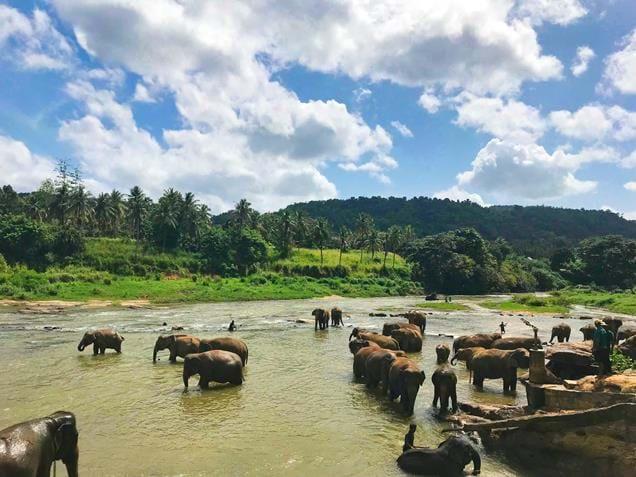
Minneriya National Park
Best Between July to October
Minneriya is often overlooked as a national park, but its close proximity to the Cultural Triangle makes it easily accessible, particularly if you are continuing onto the beaches on the east coast. The park has a variety of habitats and at its heart is the world-famous Minneriya tank.
Built by ancient civilisations, this huge reservoir attracts herds of up to 300 elephants who congregate here over the summer, when water is in short supply in other parts of the island – offering us a chance to see one of the greatest wildlife spectacles the world has to offer.
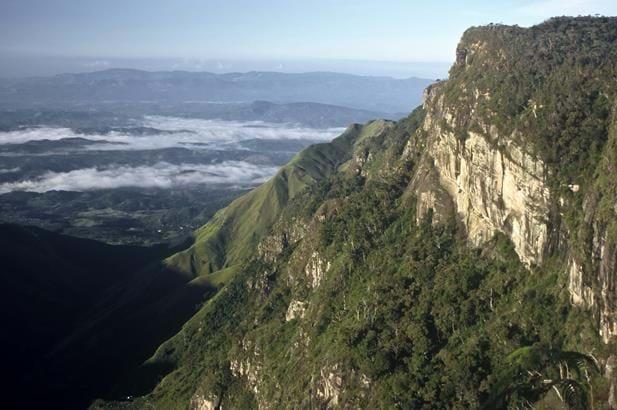
Horton Plains National Park
Best Between December through to September
The only national park in the Central Highlands, Horton Plains National Park is great for nature lovers who want to explore at their own pace, with a network of outstanding trekking trails. The scenery, as long as the mist has lifted, is awesome, particularly at World’s End. Horton Plains has 57 species of flora, over half of which is endemic to Sri Lanka. Deer, wild boar and giant squirrels are frequently spotted from the footpaths.
October and November see a fair amount of rainfall but in December, after the monsoons have passed through, the hills are lush and green and its season to join local pilgrims climbing Adam's Peak.
If you're planning a trip to Sri Lanka's national parks, browse our selection of wildlife holidays in Sri Lanka.

